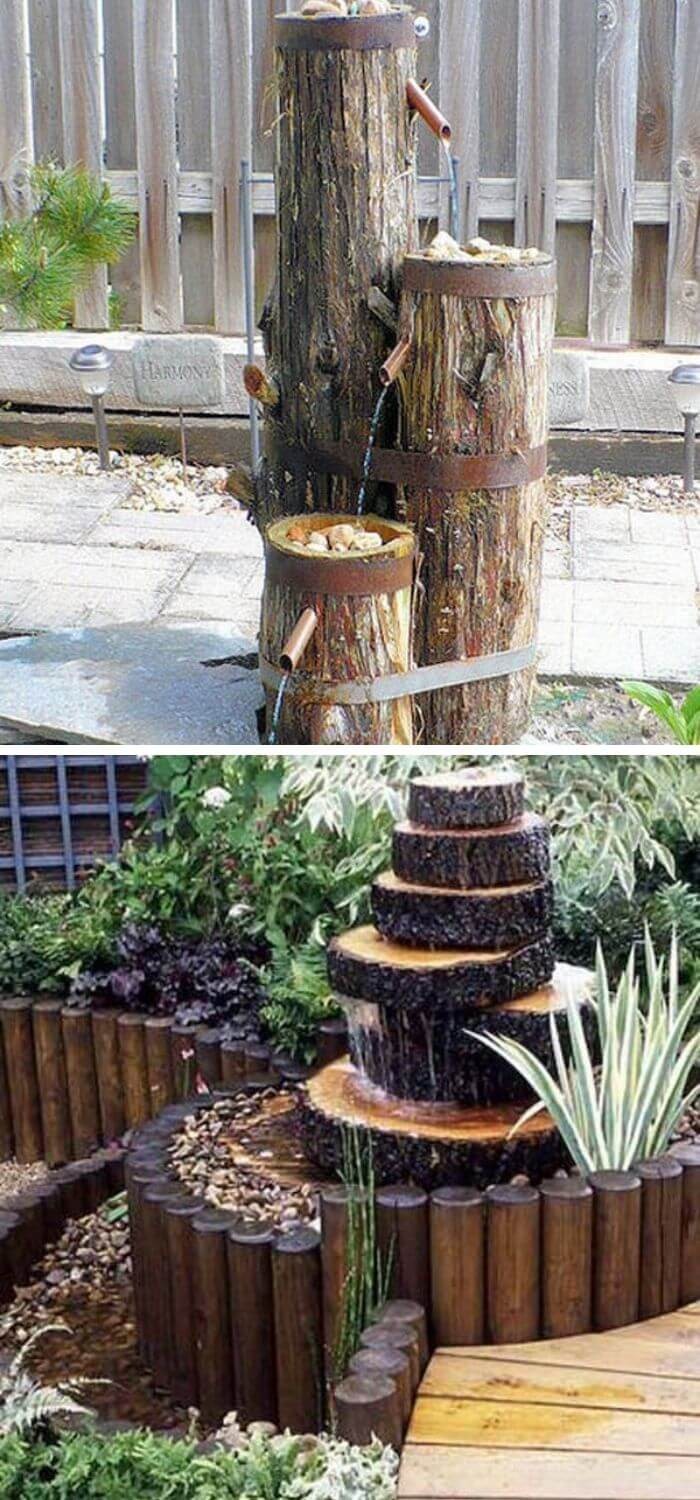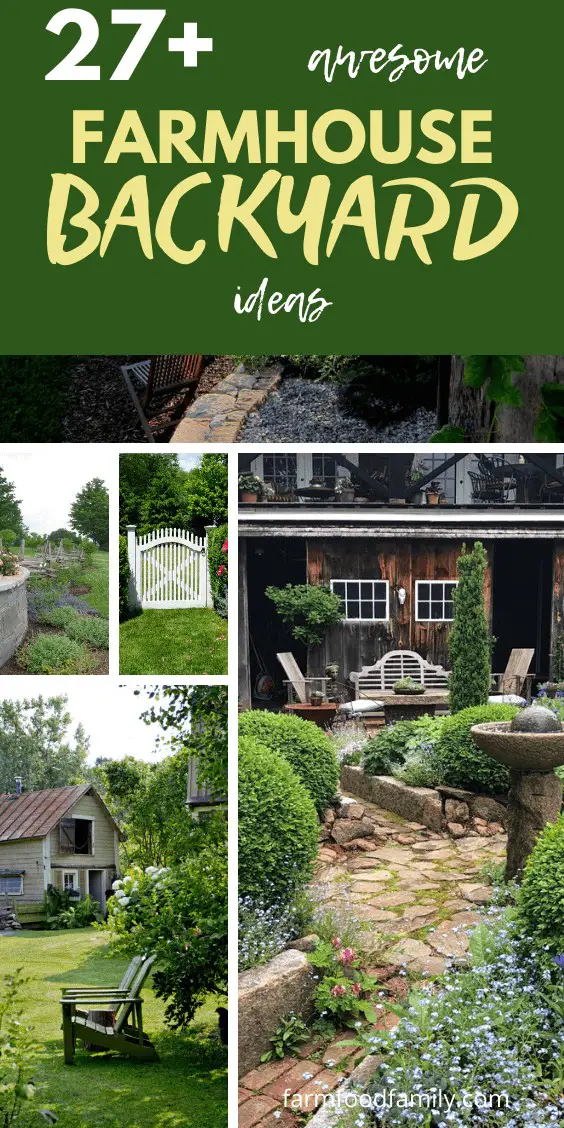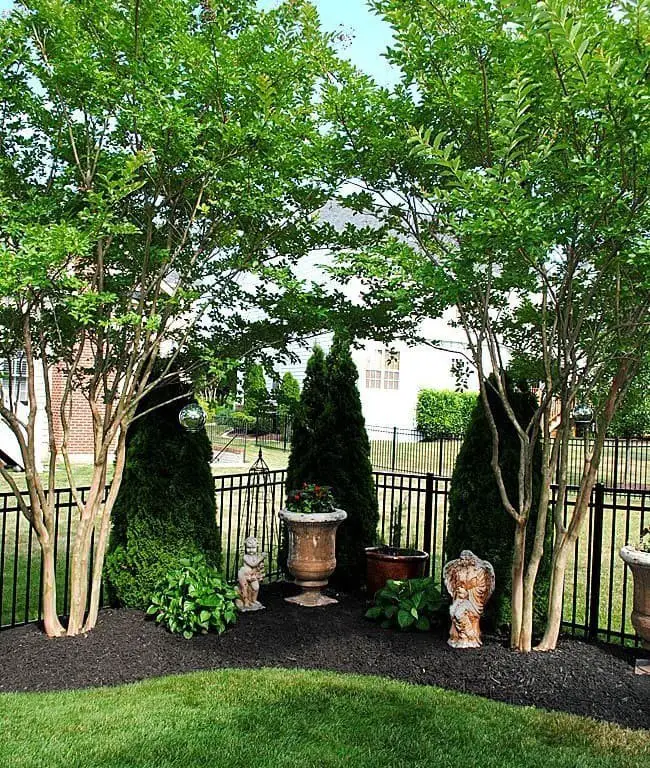Wood Sage Nectar Rich Plants For Garden Wildlife
Wood sage, with its cultivars, can be a magnet for beneficial insects in the garden. The perennial plant’s nectar-rich flowers attract bees and butterflies, making it an excellent addition to any border or bed. Native to Central Asia and Europe, wood sage has cultivars suitable for USDA hardiness zones 4-9. By incorporating these plants into your garden, you can create a haven for pollinators, supporting the local ecosystem.
Whether planted in drifts or used to fill gaps in a border, wood sage’s nectar-rich blooms will draw in bees and butterflies all summer long.
Buying Young Sage Plants from Garden Centres and Nurseries
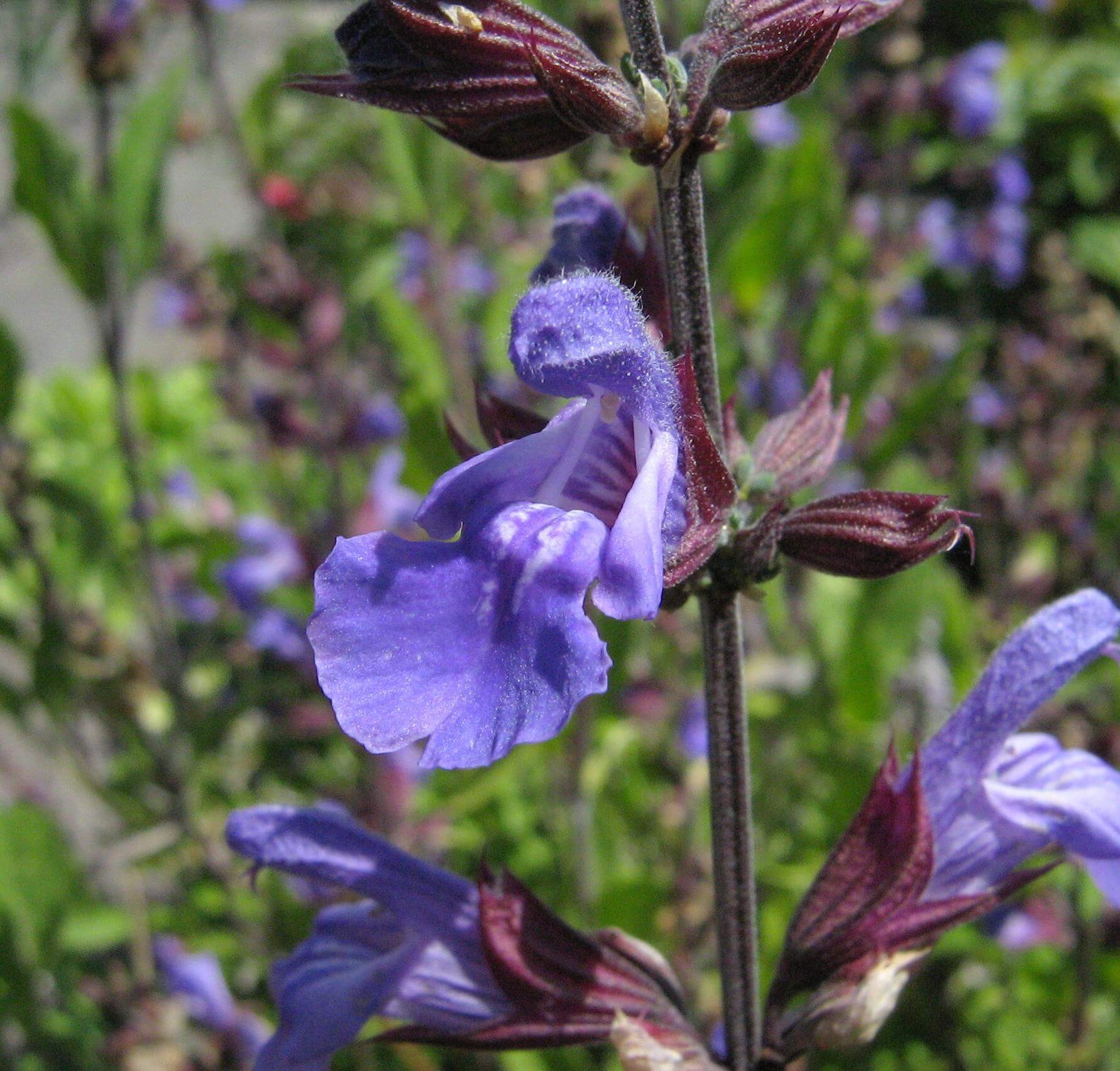
For enthusiasts looking to purchase Sage plants, garden centres and independent nurseries typically categorize them into two main groups based on their characteristics and cultivation requirements. The first group consists of young Salvia officinalis (common sage) plants, often sold in pots ranging from 0.1 litres to 0.5 litres, specifically bred for their culinary uses. In contrast, perennial young Saliva nemorosa (wood sage) plants are usually found in larger containers, such as 0.
25 litre to 1 litre pots, ideal for long-term growth and establishment.
Selecting a Wood Sage Cultivar to Buy to Attract Beneficial Insects
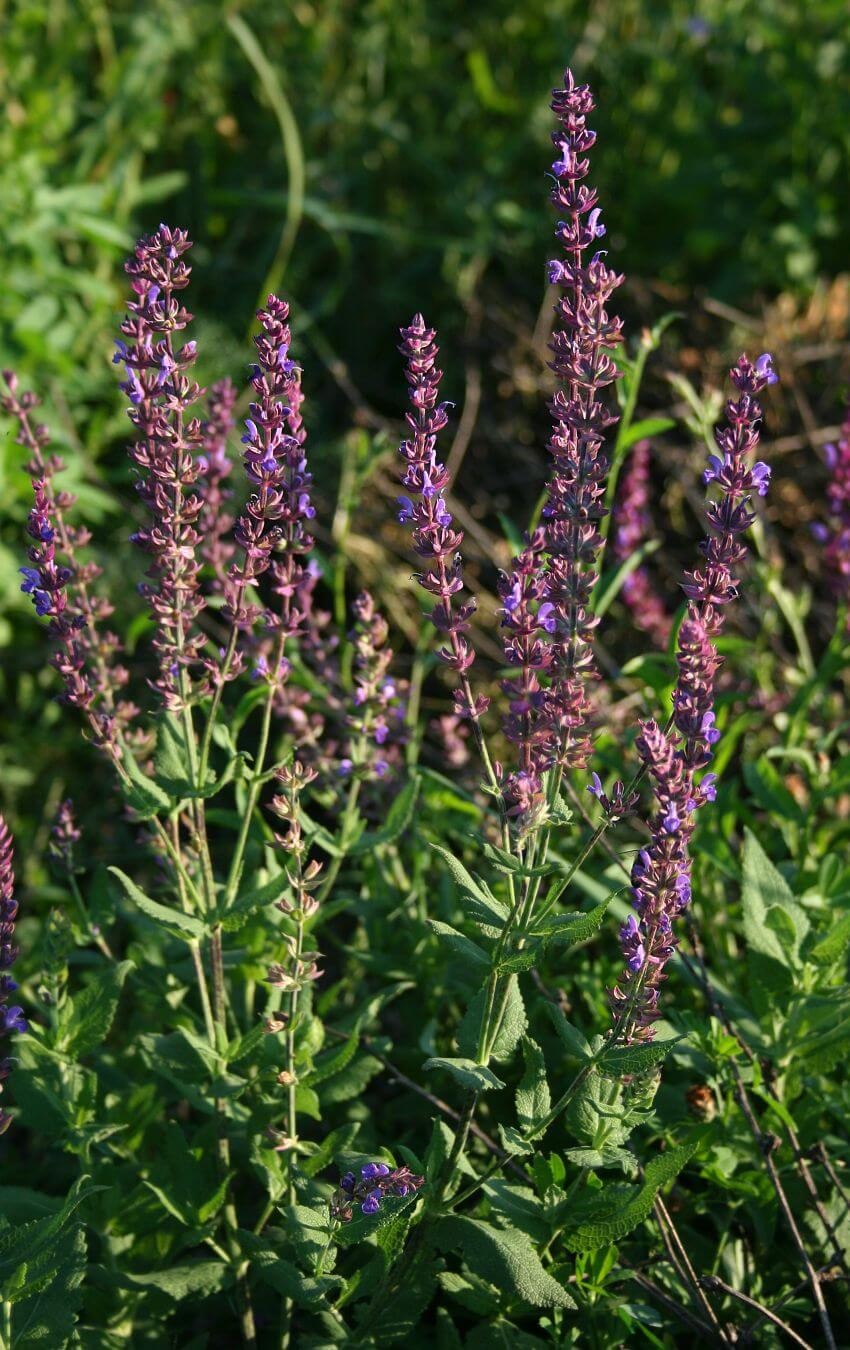
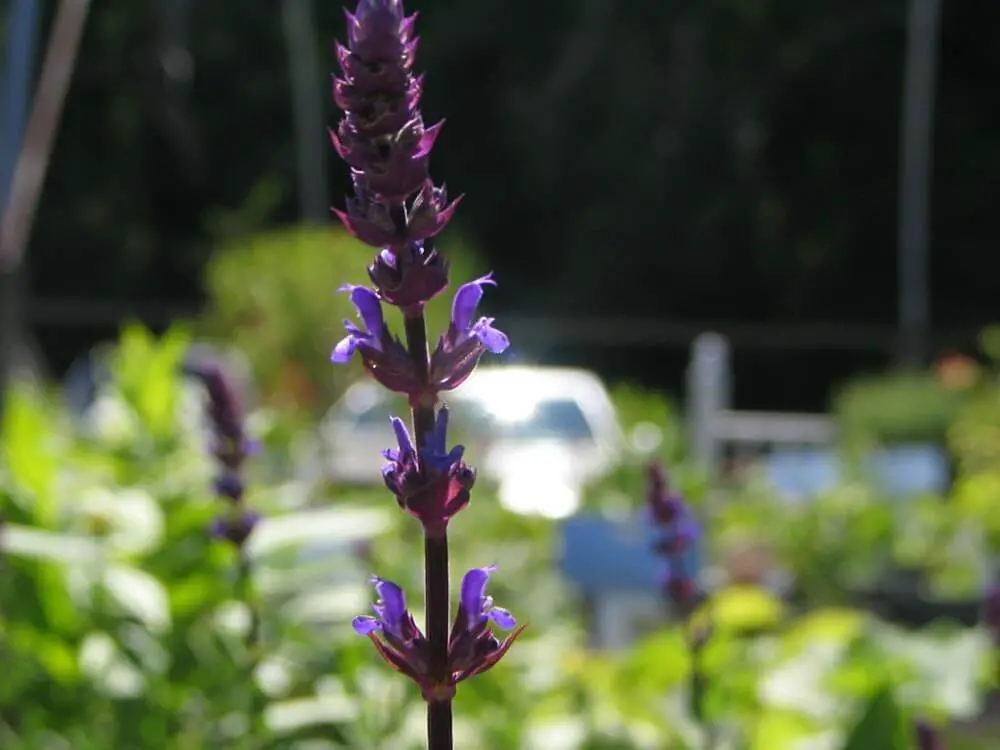
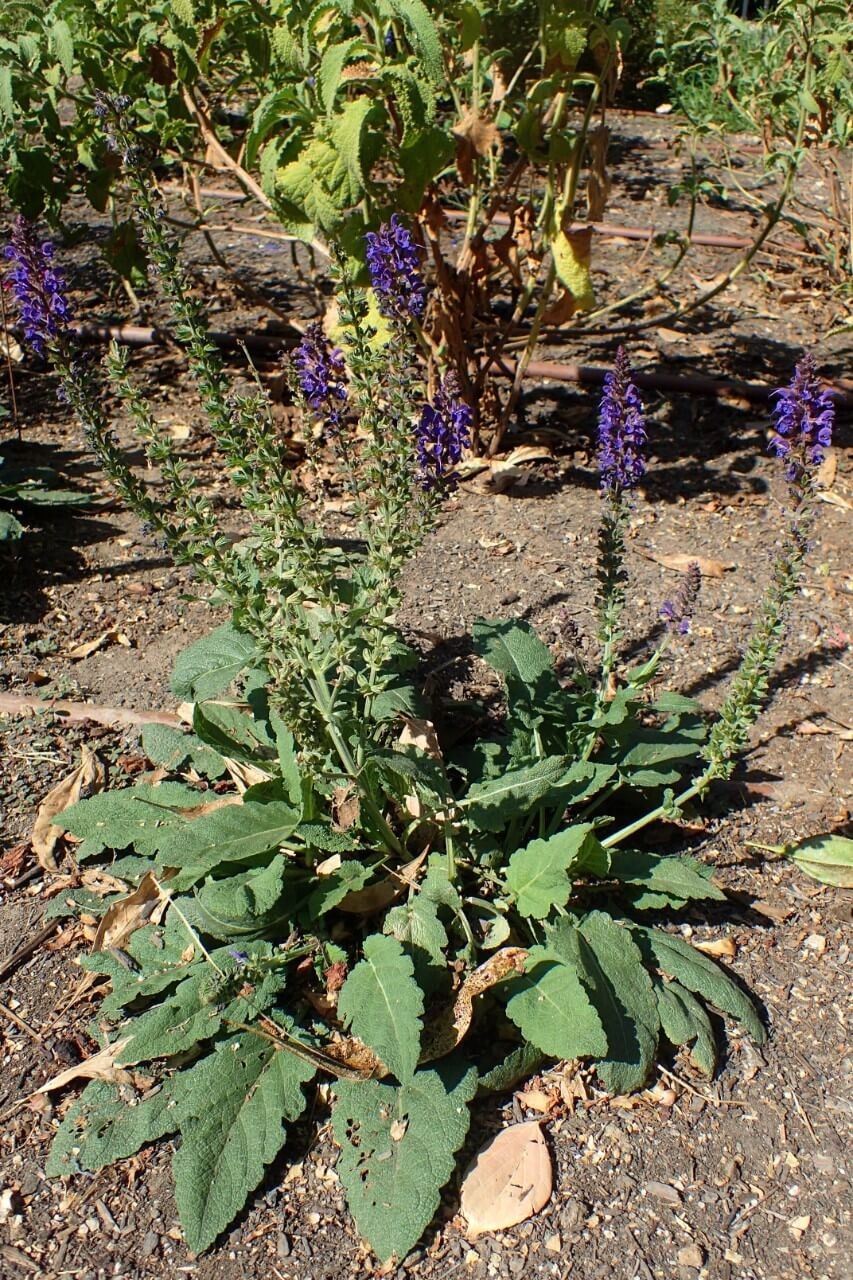

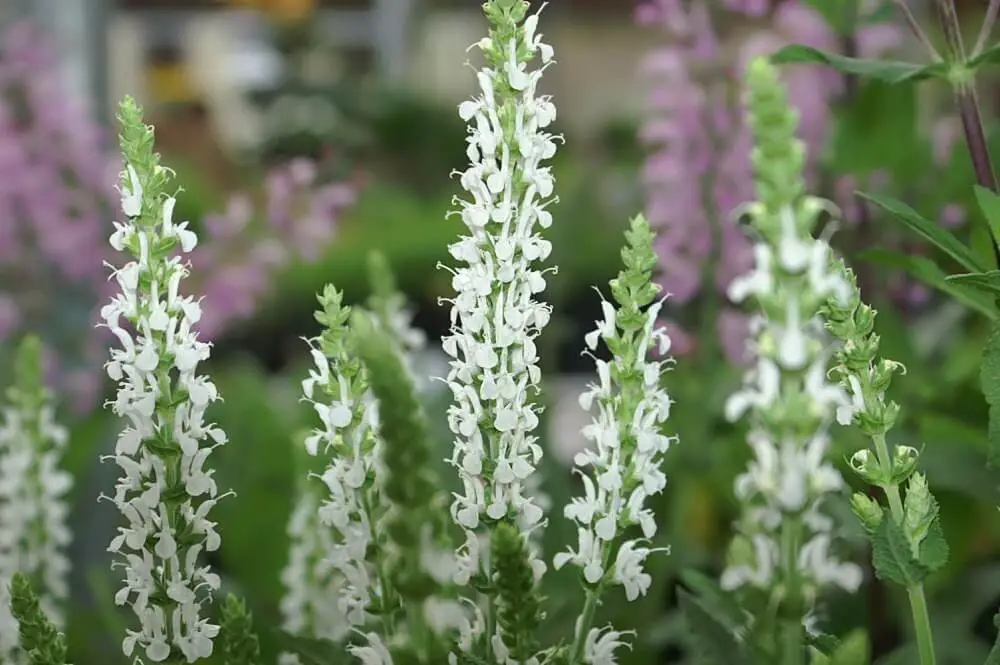
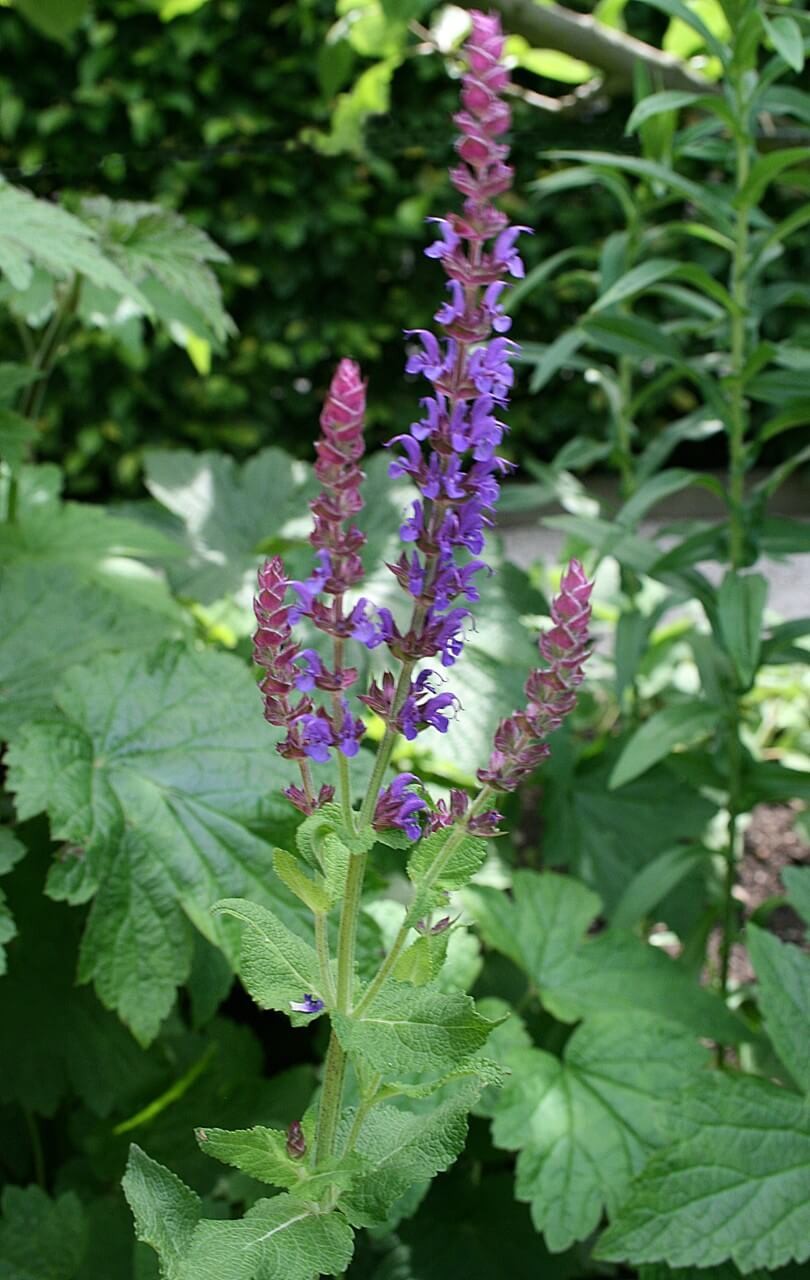
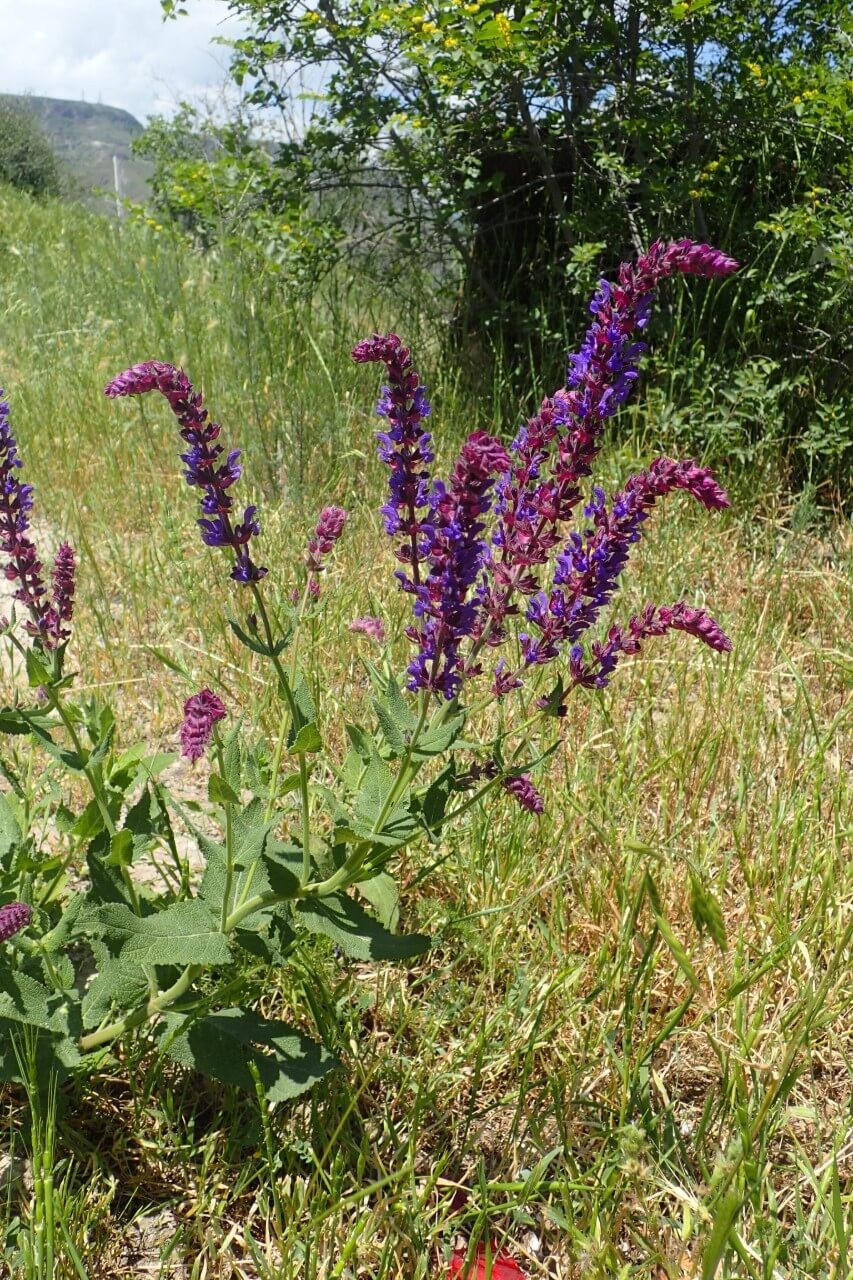
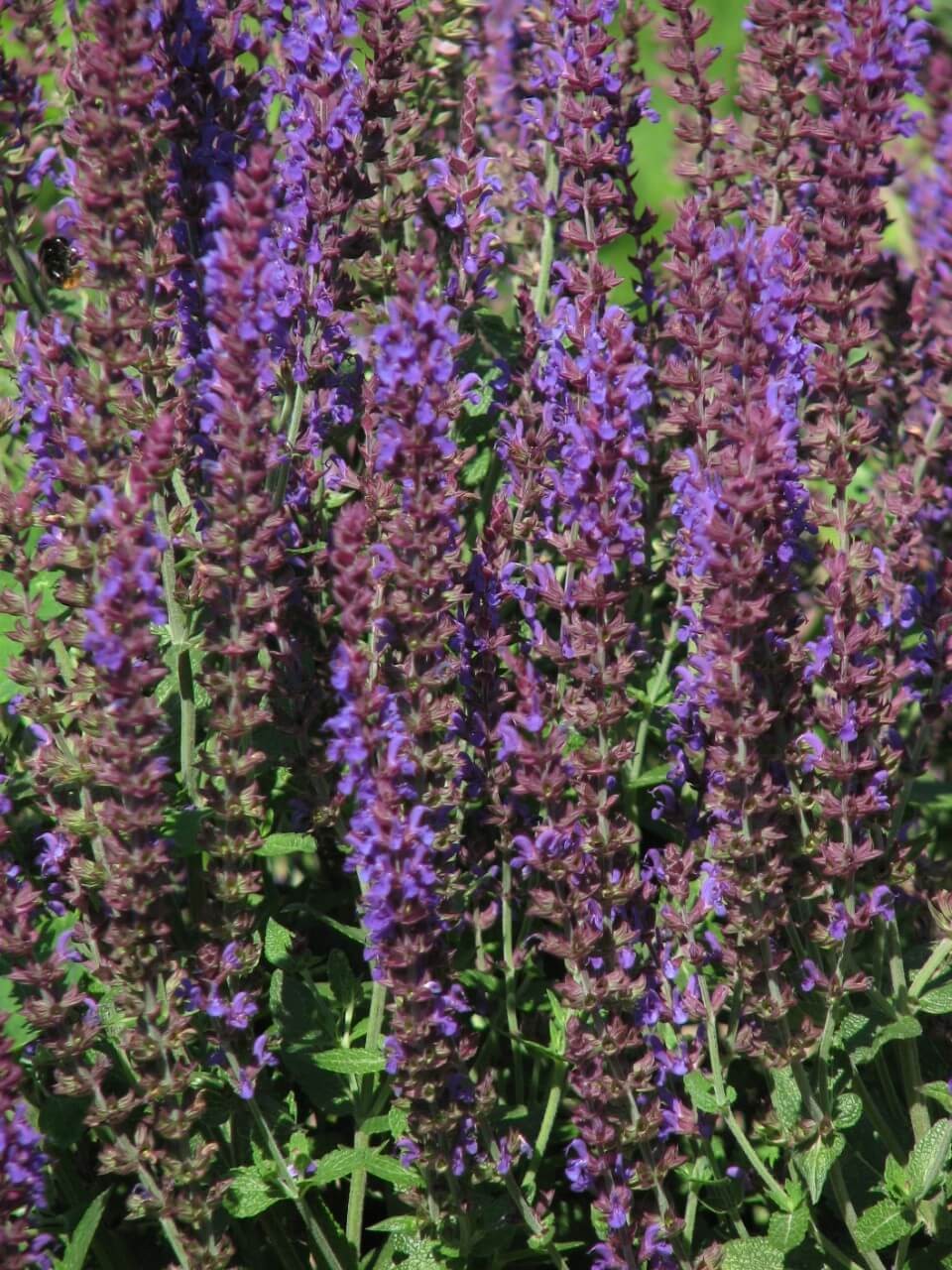
When shopping in person at a garden centre or nursery for wood sage (Salvia nemorosa) cultivars, you’ll need to consider the colour choice. For blue flowers, look out for ‘Blue Hill’, ‘Viola Klose’, and ‘Dear Anja’. Violet hues can be found in ‘Superba’, ‘Plumosa’, ‘May Night’, and ‘Ostfriesland’, while white blooms are characteristic of ‘Snow Hill’. Pink enthusiasts will appreciate ‘Rose Queen’ and ‘Royal Distinction’.
One of the key advantages of Salvia cultivars is that they make excellent perennials for borders, growing upright to around 75cm in height with a potential spread of approximately 30cm.
Wood Sage Cultivars as Nectar-Rich Plants
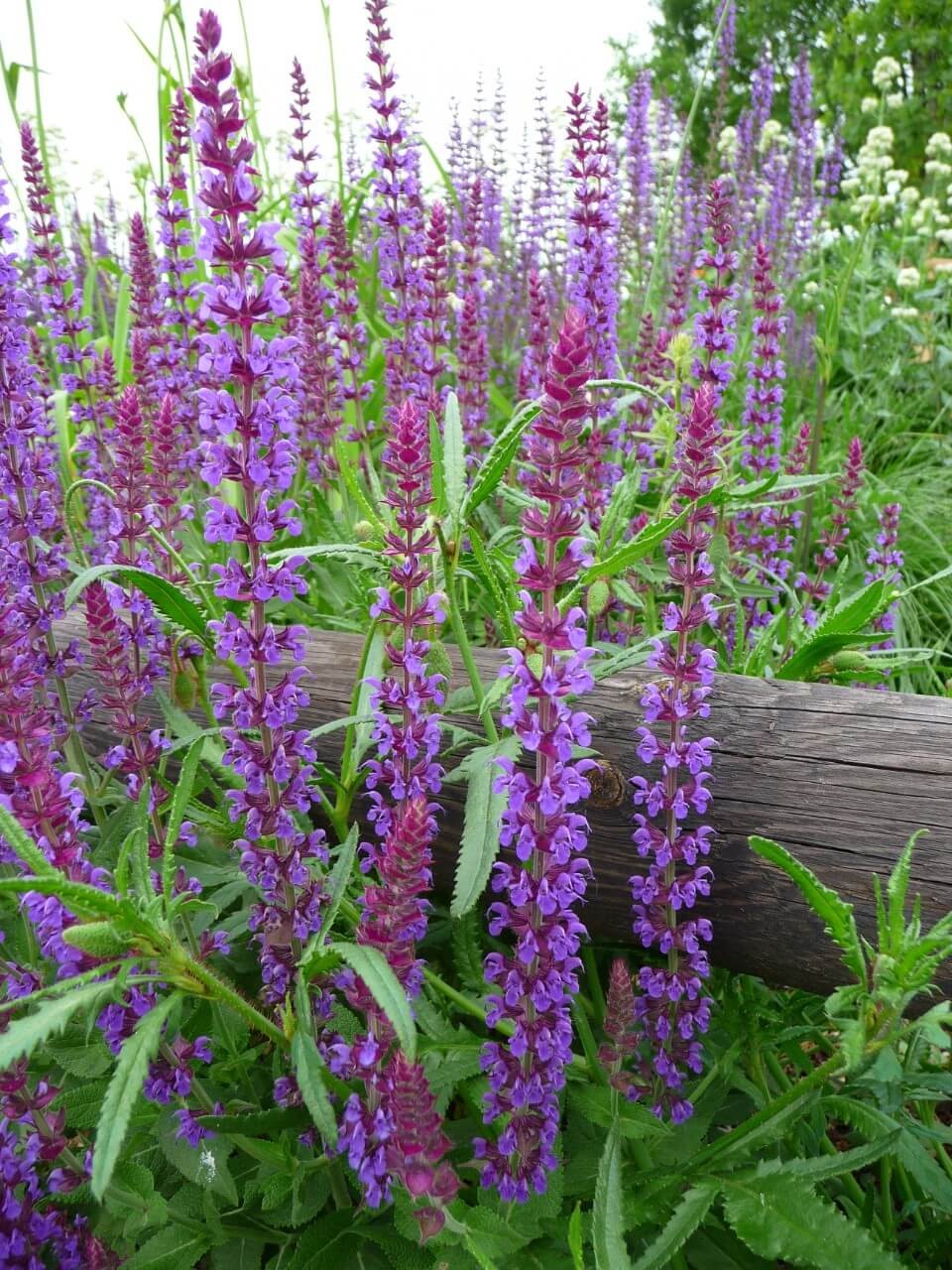
The fascinating world of Salvia cultivars reveals that many varieties can produce two distinct blooms throughout the year. One notable example is the wood sage plant, which typically flowers during the summertime, competing with other angiosperms for the attention of bees and butterflies.
By pruning back the summer flowering stems of these wood sage plants, gardeners can actually encourage a second flowering to occur in autumn.
This dual blooming phenomenon provides an opportunity for homeowners to observe firsthand how the nectar-rich flower spikes of Salvia attract returning beneficial insects like bees and butterflies to their gardens.
As autumn arrives, these beneficial insects will be actively searching for nectar to build up their energy reserves before the onset of winter.
As a result, gardeners who cultivate wood sage plants can enjoy the added benefit of supporting local pollinators and enhancing biodiversity in their outdoor spaces.
Propagating Salvia Cultivars
Common wood sage, also known as Salvia nemorosa, can be propagated through seed in the spring or vegetative methods during the summer months for established plants ready for harvesting leaves. This process is ideal for cultivating productive plants for use in culinary practices come springtime.
In her book ‘Wildlife Friendly Plants Make Your Garden a Haven for Beneficial Insects, Amphibians and Birds’ (Collins & Brown, 2004), Rosemary Creeser shares valuable insights on planting locations, noting that Salvia species thrive in moderately fertile soils with good drainage. These drought-tolerant plants flourish when grouped together in warm, sunny spots, attracting butterflies as an added bonus.
For cultivars of Salvia nemorosa, division propagation is possible during the early spring once clumps have reached a moderate size.

